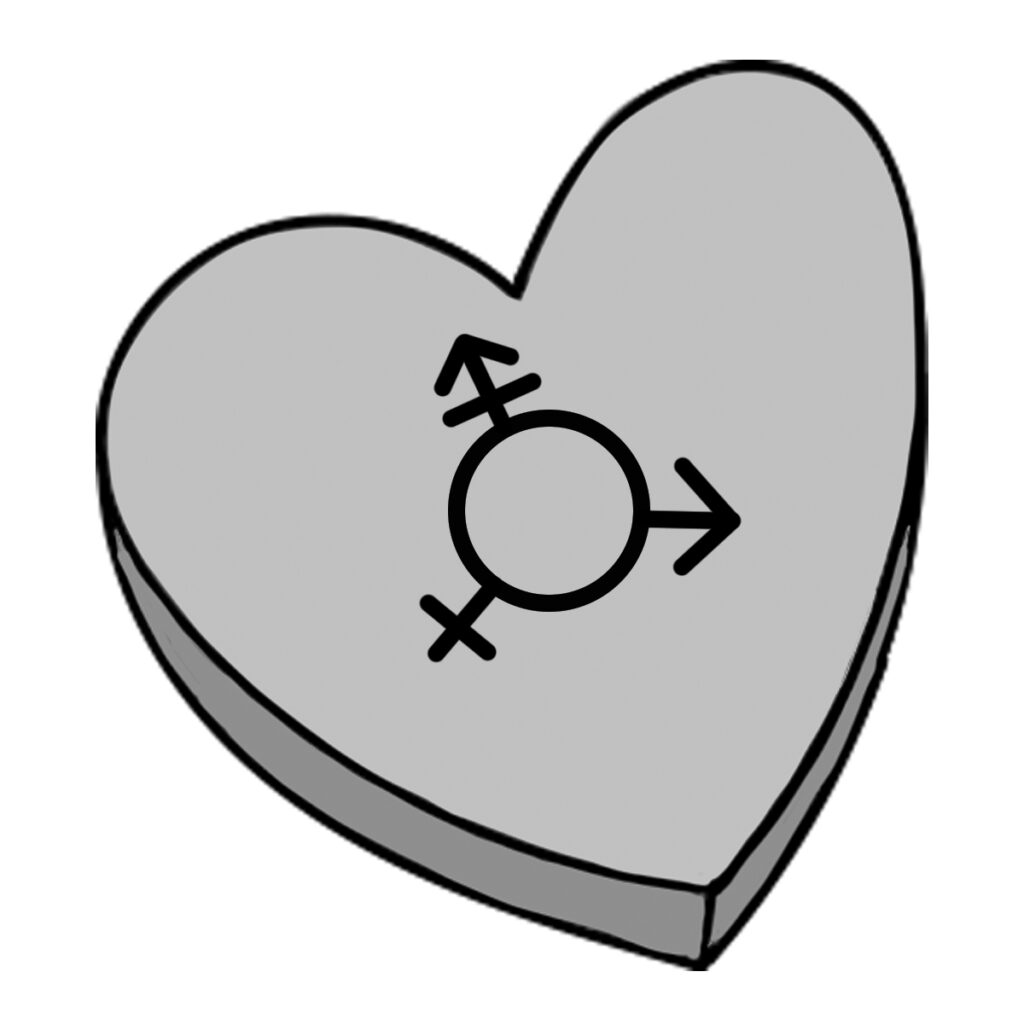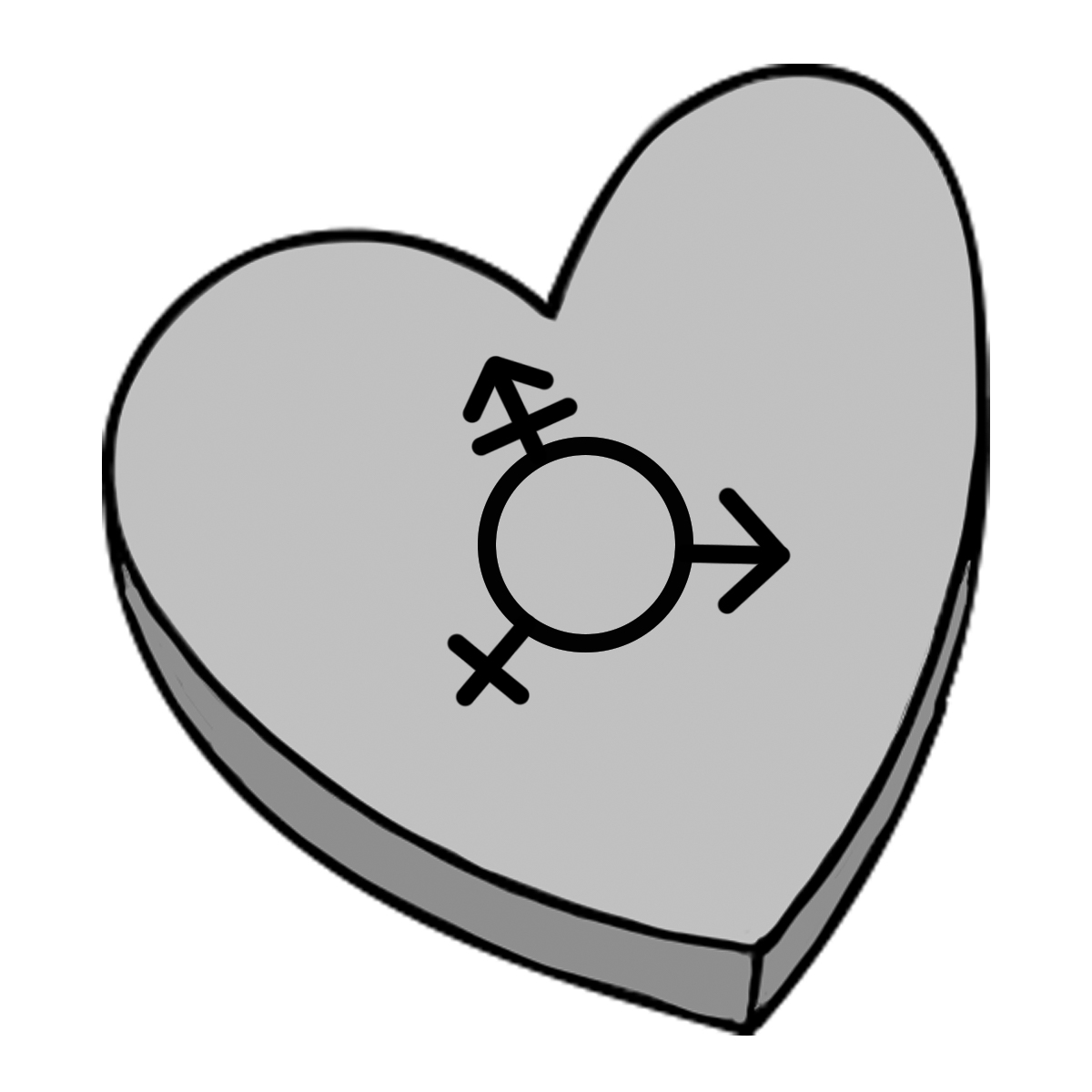
Breaking down the holiday painting as heteronormative
What comes to mind when you think of Valentine’s Day? For me, it’s gaudy chocolate boxes, endless jewelry commercials and restaurants filled with loved-up couples competing to see who can make me the most uncomfortable. All cheesiness aside, I also really only think of straight couples when it comes to Valentine’s Day.
Honestly, I think this is where many people’s minds go when it comes to this holiday. It’s in the advertisements we see: “Ladies, give your man exactly what he wants this holiday, a [insert some commonplace item that has been sexualized for profit],” it’s in the matching his-and-her Valentine’s Day sets or the romantic comedies that premier around this time each year.
It’s about time we transformed this holiday into one that feels more inclusive to all kinds of couples. If this holiday is truly about love, there’s no community that’s been louder about love this past few years than the LGBTQ+ community, and there’s nothing that says love quite like acceptance and inclusion.
The history of Valentine’s Day can be interpreted in ways that both support an inclusive embrace of the holiday and hurt it. The legend of St. Valentine has often traced back to Christian and Ancient-Roman tradition. The truth when it comes to these legends is a bit murky, but all seem to highlight that St. Valentine was a hero, and most importantly, a lover.
While the overt Christian roots, leading back to what would be Roman Catholicism, may not seem the most inclusive, there is another way to look at these legends as well. There is speculation that the holiday has its roots in the pagan celebration of Lupercalia; a fertility festival to the god of agriculture Faunus. This holiday, and the rituals associated with it, were outlawed as Un-Christian in the fifth century.
All of this is to say that the Valentine’s Day we know today could have as easily come from a holiday rooted in Christianity as one rooted in pagan rituals that involved skinning a goat. If we take a note from the past to observe the holiday today, it’s fair to say anything goes and every perspective should be welcome.
What is known about St. Valentine is that he defied the church to perform marriages at a time when the practice was seen as potentially destabilizing to the state. He brought people together even when larger forces, including his own church, stood to tear them apart.
With the history of the holiday as established as it can be, we look now to the current state of things. Many people still don’t feel welcome in a cultural holiday that celebrates heteronormative ideals, treating straight as the standard, and everything else as going against the grain.
Things are improving, people are opening up their hearts, but on holidays where love is meant to be in the air, many couples don’t always feel like they have a safe space in this community in which they can openly take part. Valentine’s Day is about prioritizing affection, love and intimacy above all else. Most of all, it is a day about love proving steadfast in the face of opposition.
There is enough gooey and obnoxious love to go around for everyone. This oddball holiday that has been commercialized within an inch of its life really does have a humble and strangely beautiful origin. We should all take a page out of St. Valentine’s book and make space on this day to celebrate love in all its varied and wonderful forms.
